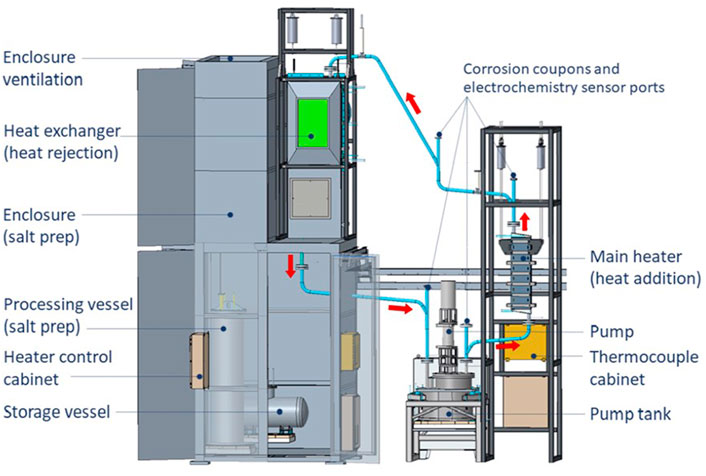2022-10-03 オークリッジ国立研究所(ORNL)
超音波は、電池が充電または放電している間、電池材料の特性や構造の変化を継続的に監視することができる。研究者チームは、超音波の結果と電池の充電状態を関連付けるために最適な検査方法を特定した。
<関連情報>
- https://www.ornl.gov/news/ultrasound-battery-health
- https://www.sciencedirect.com/science/article/abs/pii/S0378775322010680?via%3Dihub
多周波によるリチウムイオン電池の超音波非破壊診断 Ultrasonic nondestructive diagnosis of lithium-ion batteries with multiple frequencies
Hongbin Sun,Nitin Muralidharan,Ruhul Amin,Vivek Rathod,Pradeep Ramuhalli,Ilias Belharouak
Journal of Power Sources Available online: 26 September 2022
DOI:https://doi.org/10.1016/j.jpowsour.2022.232091

Highlights
- •Ultrasonic waves are used for monitoring charge/discharge of Li-ion battery.
- •Longitudinal wave velocity is linearly related to state of charge.
- •Temperature effect on the velocity is related to state of charge.
- •Wave attenuation can capture the phase transitions during battery charge/discharge.
Abstract
Accurately estimating the state of charge (SoC) in battery management systems (BMSs) requires the measurement of numerous parameters and advanced algorithms. This work studies multifrequency ultrasonic waves to estimate the SoC of Li-ion batteries by sensing the material changes during charge/discharge. A pouch-type LiNi0.6Mn0.2Co0.2O2 (NMC622)||graphite battery cell is designed and fabricated with a capacity of 2.4 Ah. Different ultrasonic testing setups are explored to determine the optimal testing parameters for the battery. An ultrasonic monitoring system is developed to monitor the battery during charge/discharge at 750 kHz, 1 MHz, and 1.5 MHz. Signal processing algorithms are proposed for extracting three ultrasonic features—amplitude, wave velocity, and attenuation. In a three-cycle test, the amplitude histories do not show clear correlations with the SoC. The wave velocities of all three frequencies have an approximately linear relationship with the SoC, which can be used for SoC estimation. Hysteresis behavior is observed for the wave velocity in terms of a larger slope in the discharge process and velocity drop after a close charge/discharge cycle. The wave attenuation is able to capture the material phase transitions during charge/discharge.



